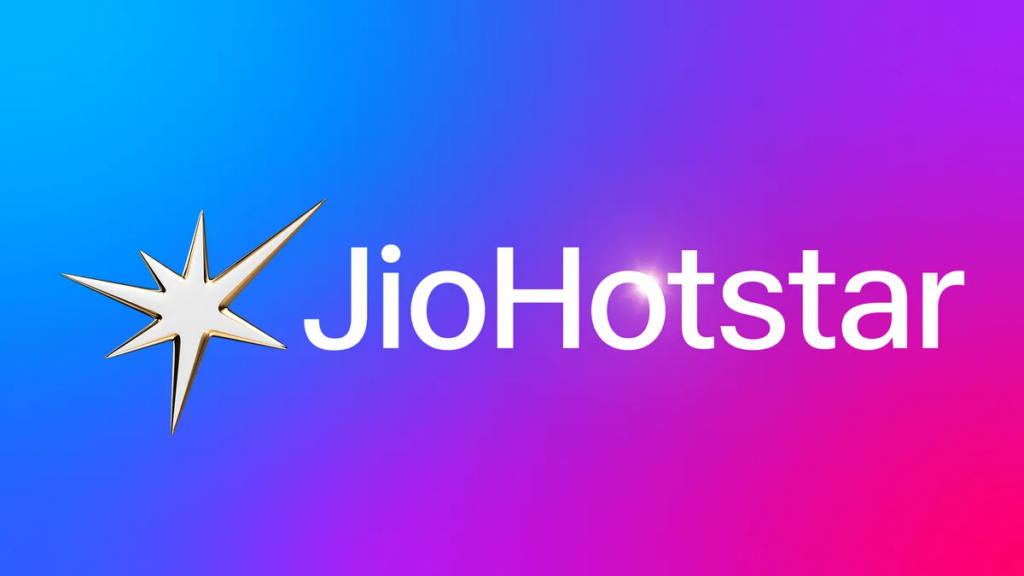Ola Cabs, the prominent ride-hailing service brand in India, has made a significant shift from utilizing Google Maps to its proprietary in-house mapping solution, Ola Maps. This strategic decision has resulted in substantial cost savings, amounting to approximately Rs 100 crore annually. Bhavish Aggarwal, co-founder and chairman of Ola Group, announced the complete exit from Google Maps, highlighting the company’s achievement of significant cost reduction through the adoption of Ola Maps.

How does Ola Maps Stand Unique in its Offerings and Branding?
The transition to Ola Maps signifies a pivotal shift in Ola Group’s brand operations. The in-house mapping solution is set to introduce a range of new features for Ola Cabs, including street view, neural radiance fields (NERFs), indoor images, 3D maps, and drone maps. Let’s take a peek into each of these features that will be available for Ola customers in Ola Maps:
- Street View: Users will be able to explore destinations virtually, gaining a street-level perspective of their surroundings.
- Neural Radiance Fields (NERFs): This cutting-edge technology will allow users to dive into immersive 3D environments, offering a new dimension to navigation.
- Indoor Images: Seamless navigation through complex indoor spaces will become a reality, enhancing the last-mile experience.
- 3D Maps: Users will be able to visualize terrain and landmarks in three dimensions, providing a more intuitive understanding of their environment.
- Drone Maps: Aerial insights will offer precision and context, potentially revolutionizing route planning and traffic management.
In addition to these features, in the future, Ola is developing MapGPT, which will enable natural conversations powered by location-aware AI assistants. For further enhancing the user experience, community-based facilities for real-time traffic and road condition updates are also in the brand’s pipeline. All of these features not only promise to enhance the user experience but also position Ola Maps as a formidable competitor in the global mapping arena.

Ola’s Vision for Brand Independence and Technological Advancement
Ola’s strategic initiatives extend beyond mapping solutions, as evidenced by Aggarwal’s ambition for India to develop its own comprehensive technology stack, including AI models, cloud infrastructure, data centers, and chips. The launch of Krutrim, Ola’s generative AI platform, and Krutrim Cloud services further illustrates the company’s commitment to building a robust, indigenous tech ecosystem. In a move that further solidifies its commitment to technological independence, Ola recently migrated its entire database from AWS and Microsoft Azure to the Krutrim AI Cloud, estimating an additional saving of ₹15 crore. This vision aligns with the concept of ‘data sovereignty’ ensuring that both the location and control of data remain within India.
By offering developers and enterprises access to advanced GPU resources, Ola is positioning itself as a key player in India’s AI revolution. Also, the acquisition of GeoSpoc, a Pune-based company specializing in geospatial services, has further strengthened Ola’s mapping capabilities. Apart from this, Ola has announced plans to integrate Ola Maps into its electric two-wheelers, demonstrating the brand’s commitment to leveraging technology for seamless user experiences and brand differentiation.
Aggarwal’s call for a national cloud technology stack resonates with the broader goal of harnessing India’s full economic and cultural potential. As India generates 20% of the world’s data but stores only 3% within its borders, the need for domestic data infrastructure becomes increasingly apparent. By developing proprietary solutions such as Ola Maps and Krutrim, Ola is positioning itself as a leader in leveraging technology to drive brand innovation and operational efficiency.
Bottomline
Ola’s move away from global tech giants like Google and Microsoft signals a growing trend among Indian companies to reduce reliance on foreign technology. This shift not only promotes innovation within India but also addresses concerns about data sovereignty and economic independence. As Ola continues to pioneer advancements in technology and brand management, the company’s strategic decisions are poised to shape the future of the ride-hailing industry and set new standards for brand independence and technological innovation.



